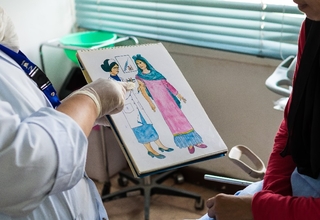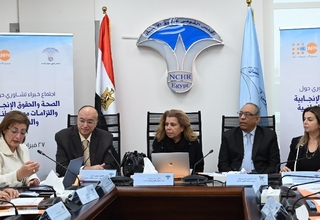There is evidence that the MDGs will not be achieved unless there is universal access to quality reproductive health services especially FP. Each country should address the different challenges to FP programs especially those related to unmet needs, discontinuation, and method mix to support the MDGs related to reducing maternal morbidity and mortality. In Egypt, the contraceptive coverage rate had shown a decrease from 53.4% in 2007 to 45% in 2011. Additionally, the method mix had shown different profile in 2011 compared with that in 2007. According to MOHP/PS service statistics there was increase in FP clients by 39% in 2011 compared with 2007. However, the percent distribution of the clients according by method mix in 2007 was 29% for OCs, 20% for IUD and 51% for Injectables. The counterpart figures for year 2011 were 47% for OCs, 12% for IUD and 41% for Injectables. The shift from IUD as an effective long-acting/ one-decision/lowest discontinuation rate FP method, to OCs with highest discontinuation rate could have negative impact on family planning program in Egypt. Those changes in method mix profile across time indicates changes in either/or the demand and supply of FP methods. Therefore, due to environment of change with multifactorial reasons of shift from IUD to OCs use, it was important to answer a research question: why there is marked method shift from IUD to OCs among MOHP/FP method user clients?

Publications
Reasons for Shift from IUDs to Oral Contraceptives among MOHP Clients, 2007-2012
No. of pages: 58
Publication date: 26 March 2013
Author: UNFPA
EXECUTIVE SUMMARY



